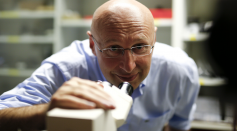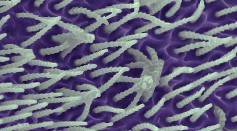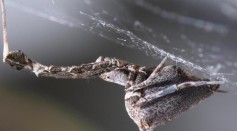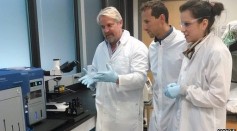nanotechnology

Nano-Reactor Created Off Of Viruses And Bacteria

Strong And Light Supermetal Created In The Labs Of UCLA

NanoCar Race Starts Next Fall
Spiders Sprayed with Graphene Weave Futuristic Webs
Flexing Some Muscle—How Onions May Be The Next Endeavor in Biomedical Engineering
Not Sugary Sweet, But New Artificial Photosynthesis May Change the Game Altogether
VIDEO—Watch How Researchers Tricked Light Into Revealing Its Paradoxical Nature

Watch This Spider Spin a Web That Makes Tech Designers Envious

Ever Wonder How Spiders Spin Such Long Webs? Researchers at Oxford Use Microscopy to Find the Answer

CERN’s Large Hadron Collider Adds Two New Subatomic Particles to the List

Google’s Magic Pill Will Search Out Cancer—Or Is It the Nanoparticles?
Most Popular

Mastering Lost Wax Casting: A Comprehensive Guide to Precision Prototype Creation

Alexander the Great's Bathroom From 2,300 Years Ago Where Young Ruler Could Have Bathed With Companion Discovered by Archaeologists in Royal City of Aigai

Meet Goldene: The Free-Standing Sheet of Gold Only One Atom Thick

Prey Playing Dead? Dice Snake Fakes Death Using Bloody, Gory Tactics To Avoid Getting Eaten by Predators, Study Reveals


![Venus Lost Water and Dried Out Due to Chemical Reaction HCO+ Dissociative Recombination [Study]](https://1721181113.rsc.cdn77.org/data/thumbs/full/53493/258/146/50/40/venus-lost-water-and-dried-out-due-to-chemical-reaction-hco-dissociative-recombination-study.jpeg)



